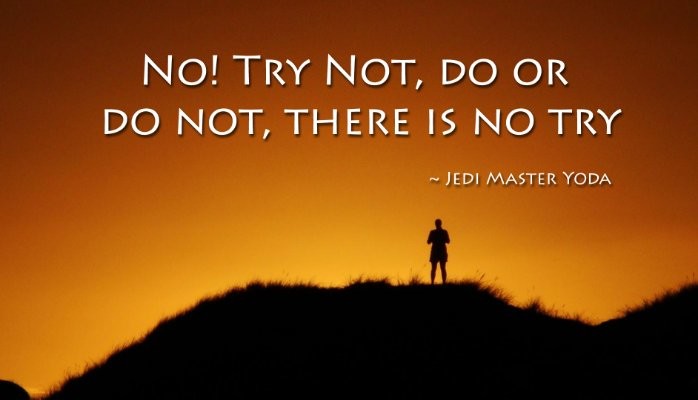Baha’i teachings present a profound and intricate tapestry of spirituality, interwoven with the threads of action and consequence, encapsulated elegantly within the concept of spiritual law. At its core, spiritual law serves as a metaphorical framework elucidating the behaviors and inner workings of the human spirit in interaction with the cosmos. This metaphor not only delineates a pathway for individual growth but also embodies a broader narrative concerning human existence, ethics, and interconnection.
To commence with the essence of spiritual law, one must recognize its inextricable link to the Law of Action. According to Baha’i belief, every action engenders a corresponding reaction, echoing the universal principle expressed in various philosophical traditions. This notion of reciprocity underlines the significance of intentionality in our deeds; our thoughts and actions reverberate throughout the fabric of reality, thereby shaping both personal destiny and collective evolution.
The metaphor of spiritual law invites us to contemplate human behavior as a symphony, where every individual plays a unique instrument. Each action taken reverberates within the greater orchestration of life, contributing harmoniously or discordantly to the world’s musical score. In this symphonic image, spiritual laws stand as the unseen conductor, orchestrating the interplay of human interactions in a way that fosters unity and promotes individual enrichment.
Moreover, Baha’i teachings articulate that spiritual law transcends mere adherence to moral codes. It seeks the cultivation of virtues within the individual—a transformative process leading toward a more elevated state of being. Consider virtues such as compassion, justice, and humility as essential notes in the harmony of the soul. When individuals embody these virtues, they act in accordance with spiritual law, allowing their true selves to emerge and flourish.
The metaphor of a compass can also adeptly illustrate the guidance provided by spiritual law. Picture an individual embarking on a journey across unfamiliar terrain. The compass, with its magnetic pull towards true north, symbolizes the innate human desire for direction. Spiritual laws serve a similar function, orienting individuals toward moral uprightness and illuminating the path of righteousness in the face of uncertainty. This guidance underscores the importance of aligning personal ambitions with the collective good—a cornerstone of Baha’i thought.
Yet, the metaphor does not conclude at individual elevation. It extends into the sphere of community and global interconnectedness. Spiritual law enacts a ripple effect; one person’s adherence to these principles can influence others, creating a broader movement toward societal transformation. Imagine a vibrant tapestry, where each thread represents an individual. When the threads are woven together seamlessly, they create a magnificent design—this symbolizes the collective strength born from individual actions founded on spiritual law.
Importantly, the role of agency cannot be overstated in the Baha’i perspective on spiritual law. Agency empowers individuals to exercise moral choice in their actions, thus allowing them to engage constructively with the spiritual laws governing their existence. This empowerment evokes another metaphor: that of a gardener tending to a vast and diverse garden. Here, each individual is a gardener, tasked with nurturing the seeds of virtue within themselves and in those around them. With diligence, love, and patience, these seeds grow to fruition, illustrating the profound effects of consistent, righteous action.
Furthermore, the metaphor of the mirror is compelling when examining the concept of spiritual law. In this context, each individual reflects the intrinsic qualities of the divine. The clearer and more polished the mirror, the more radiant the reflection. This idea intimates that spiritual laws illuminate pathways for self-reflection and self-improvement, encouraging individuals to cultivate clarity and purity in their actions. The metaphoric mirror not only reflects personal qualities but also highlights the interconnected nature of humanity. As individuals refine themselves, they inherently contribute to the elevation of others.
The teaching that spiritual laws are not static legalistic precepts but rather dynamic principles illustrates their unique appeal. They encourage adaptability, growth, and enduring evolution. This fluidity can be likened to a river, consistently moving yet ever-changing, carving its path through the landscape of existence. In this metaphor, individuals navigate the river of life by not just recognizing spiritual laws but by engaging with them actively. They hold the power to change course, fostering personal development and communal harmony in equal measure.
To encapsulate, Baha’i teachings expound upon spiritual law as a rich metaphor that intersects various dimensions of life, invoking an intricate interplay among individual agency, moral accountability, and community connection. By urging adherents to recognize and enact these laws in their daily lives, the teachings promote not merely personal enlightenment but also a collective upliftment. The process of aligning with spiritual law is an invitation to contribute to a more compassionate and unified world, an endeavor that resonates deeply in an age characterized by fragmentation and disconnection.
In summary, the exploration of spiritual law as a metaphor within Baha’i teachings reveals profound insights regarding human nature and societal dynamics. It offers pathways for individual and collective transformation, utilizing metaphors such as symphony, compass, garden, mirror, and river to elucidate its multifaceted nature. These compelling images invite each person to reflect, act, and ultimately harmonize their lives within the grand orchestra of existence.
